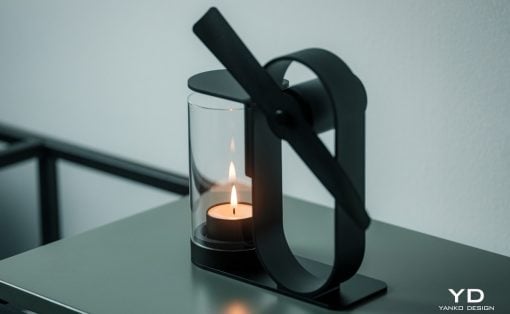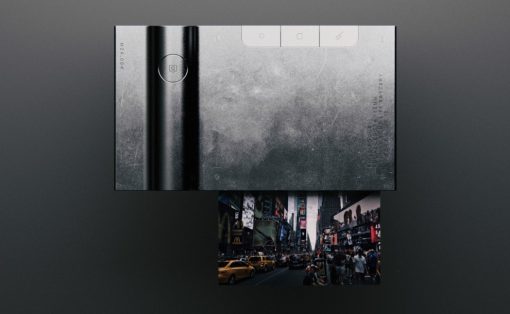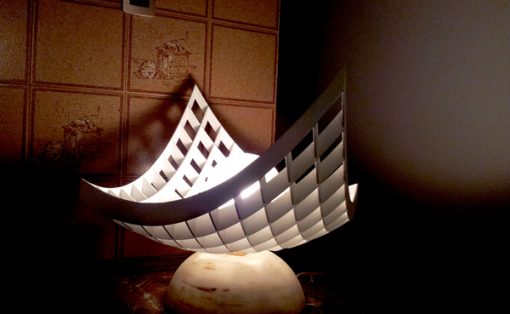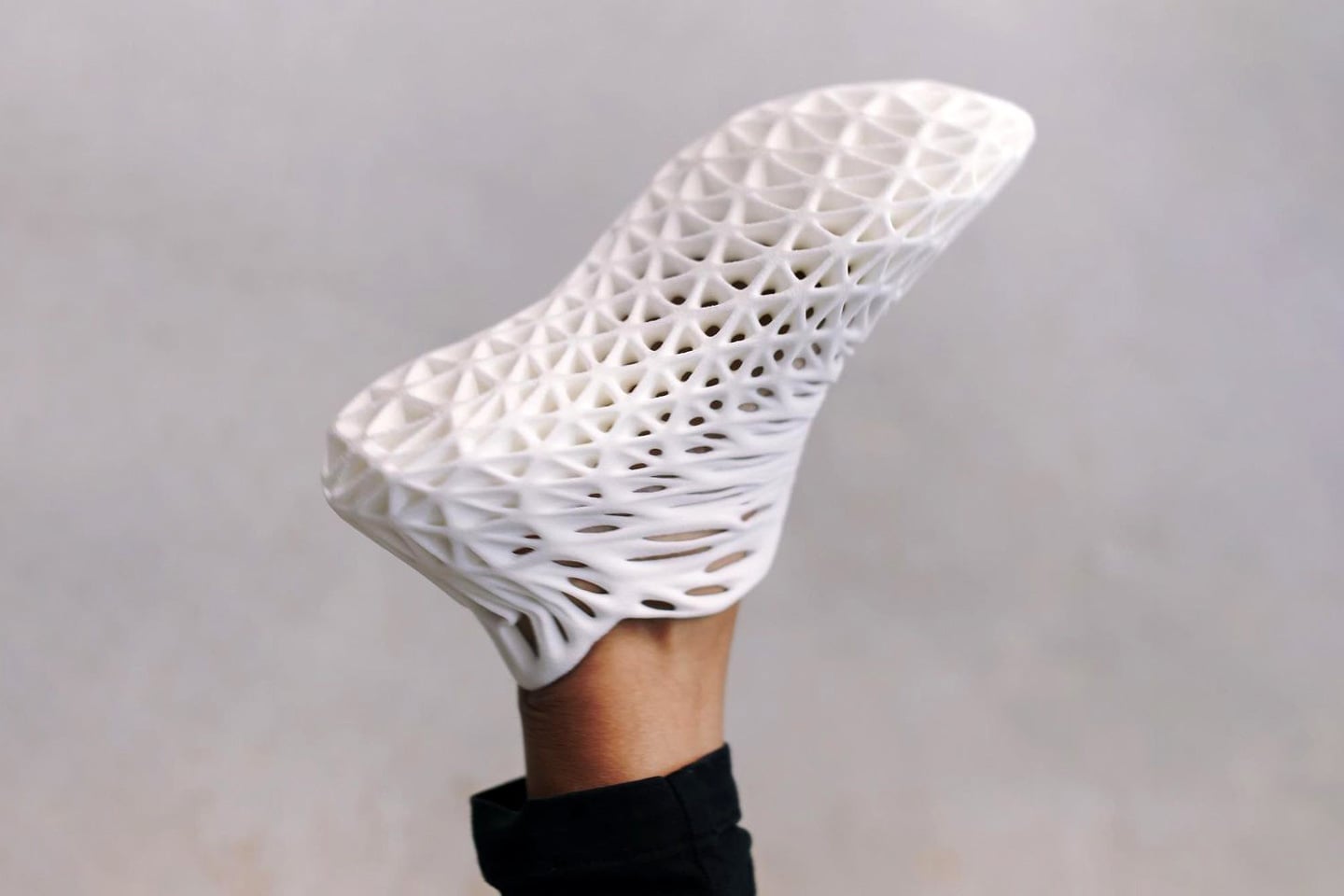
3D Printing is gaining more momentum and popularity than ever! Designers and architects all over the world are now adopting 3D Printing for the creation of almost all types of products and structures. It’s a technique that is being widely utilized in product design, owing to its simple and innovative nature. But designers aren’t employing 3D printing only to create basic models, they’re utilizing this technique in mind-blowing ways as well! From a 3D printed portable toilet to a wireless mouse with a soft 3D printed mesh design, the scope of this dependable technique is unlimited! Dive into this collection of humble yet groundbreaking 3D printed designs!
1. The Parametriks Print 001 sneaker
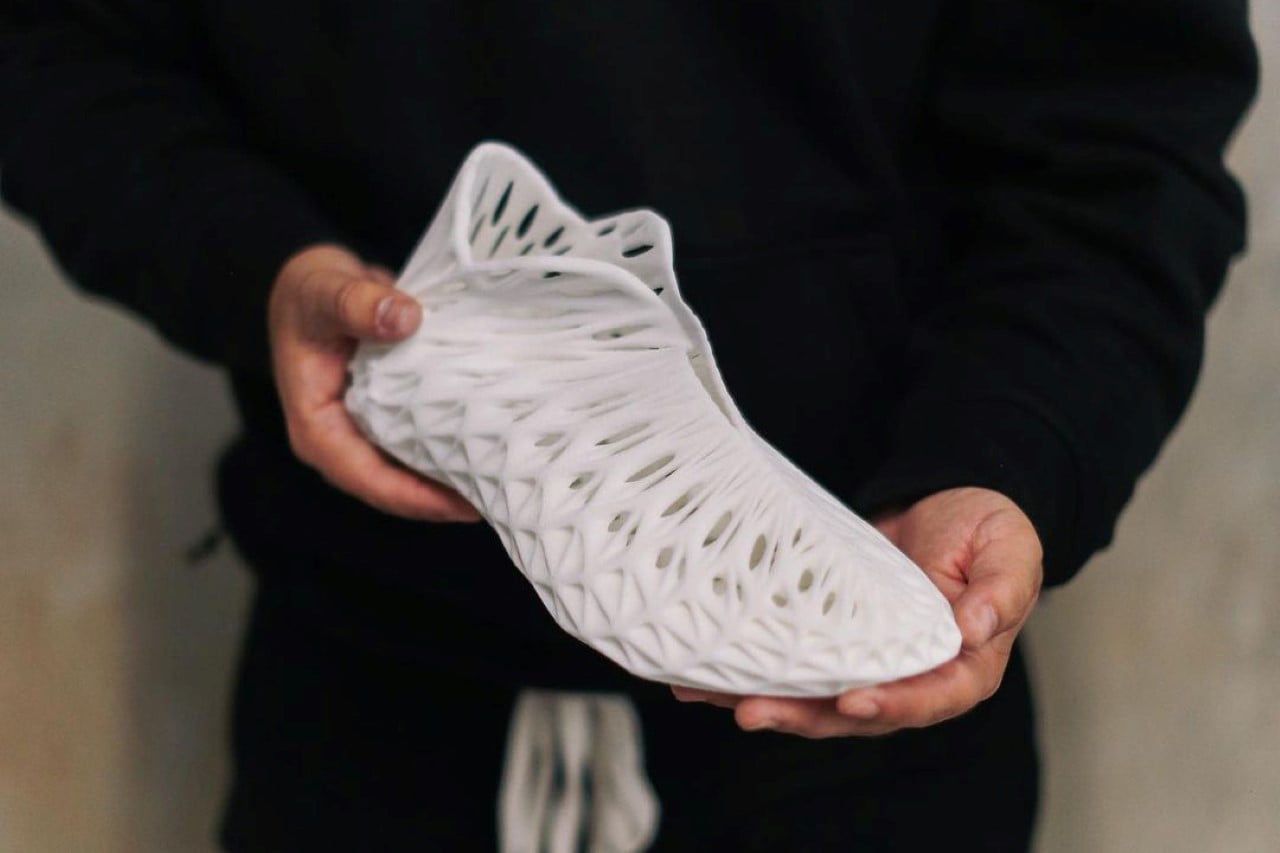
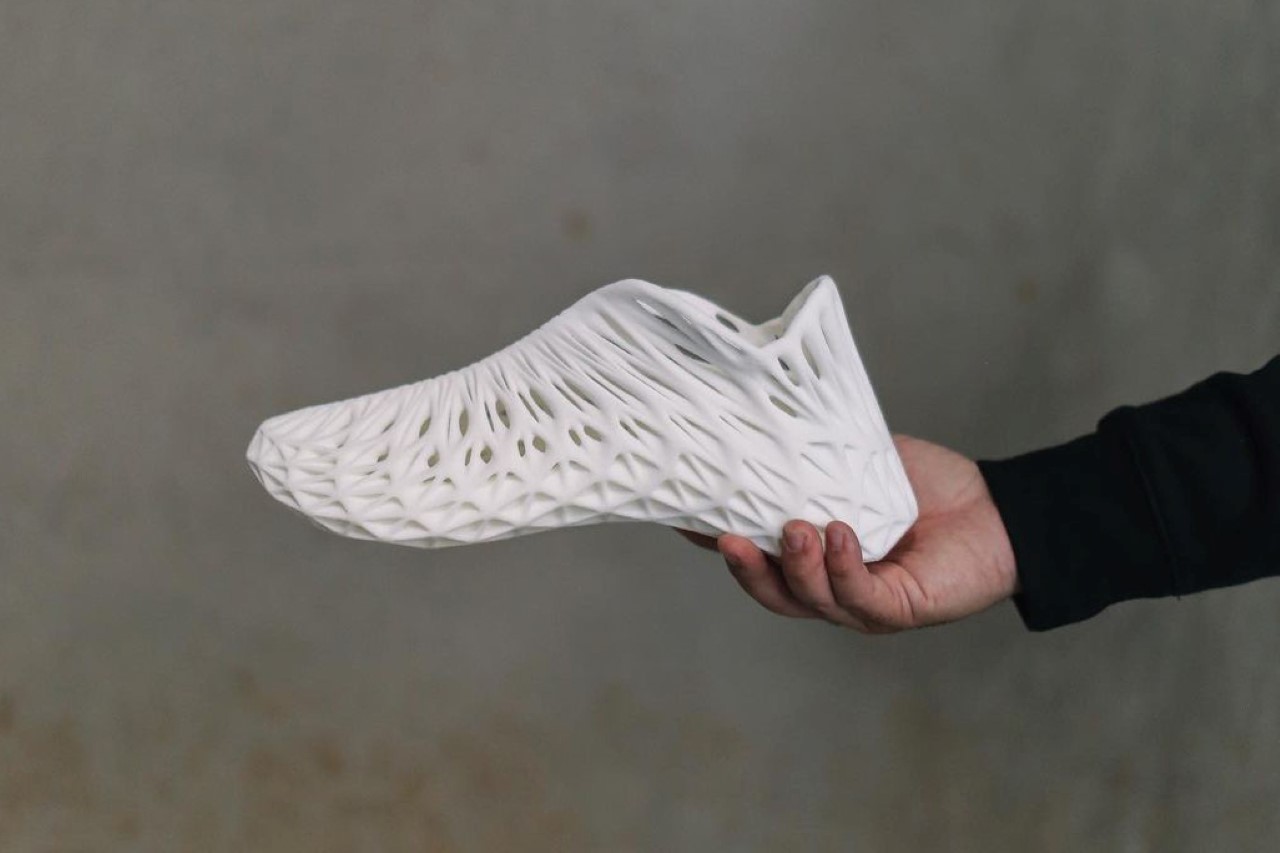
The Parametriks Print 001 sneaker makes clever use of design and material sciences to create a sneaker that’s comfortable, stylish, and easy to manufacture. Sort of like how crocks just use one material that’s injection-molded into the shape of a shoe, the Print 001 relies on 3D printing to fabricate its design… which was arrived at by using parametric algorithms. The shoe/sneaker uses a rather intriguing triangular mesh matrix that warps right around the wearer’s foot, fitting it perfectly thanks to the shoe’s bespoke design. Made from TPU, the shoe is about as flexible as a pair of Crocs, while looking infinitely cooler and offering a level of breathability and flexibility that’s unmatched. Sure, the holes on the shoe’s sole open you up to pebbles, thorns, and water, but then again, this piece of footwear is purely experimental as it hopes to explore what a parametric piece of footwear can look like. I’d say I’m pretty happy with the visual results!
2. The Throne
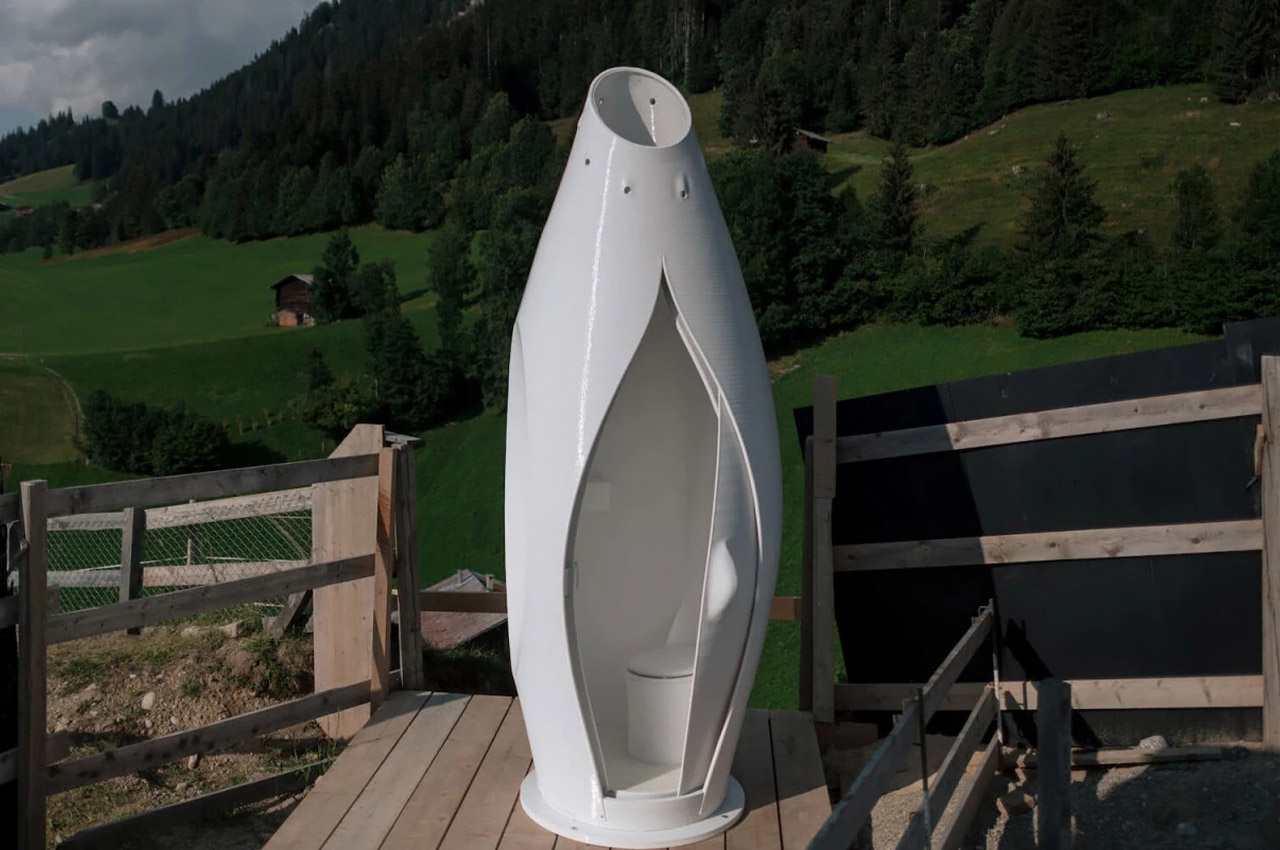
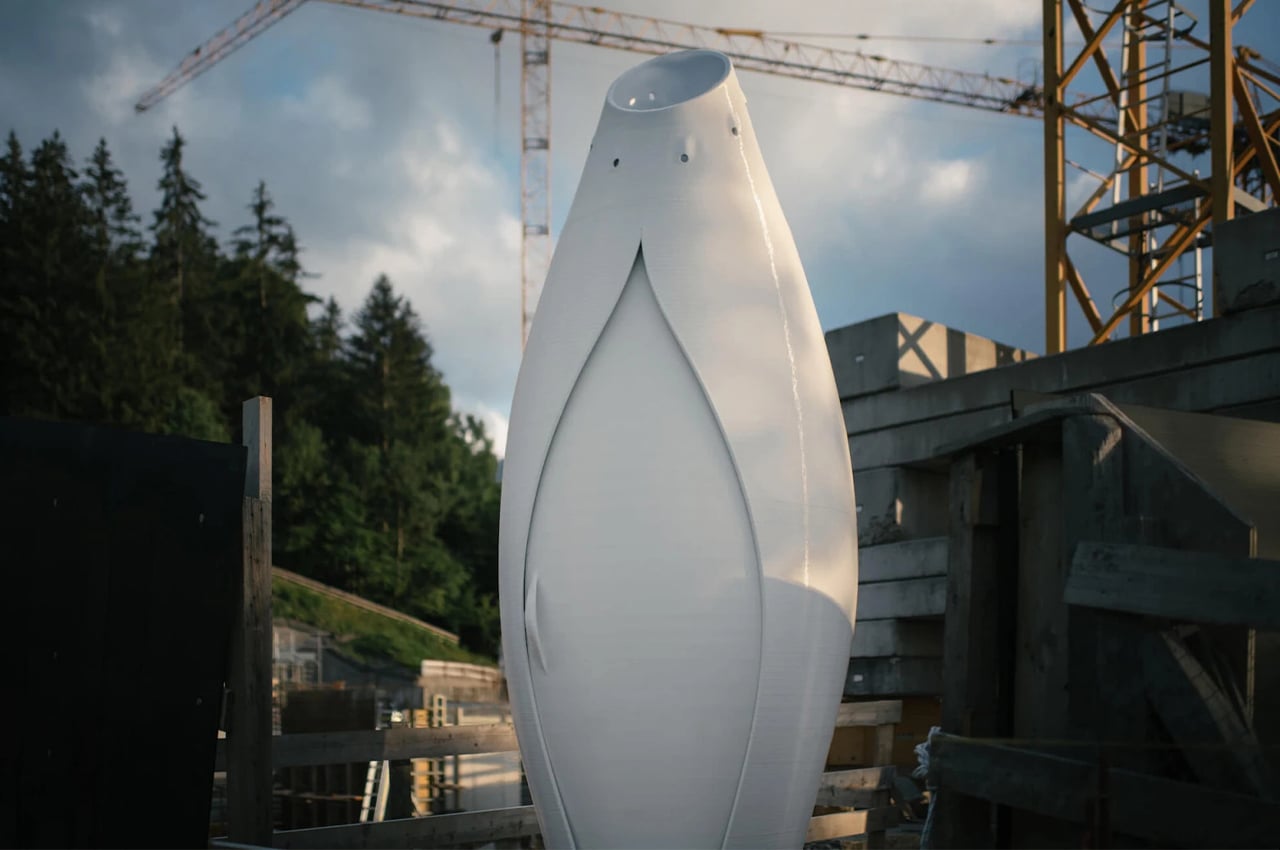
This sustainable toilet is designed to compost solid waste while also tackling the sanitation crisis – using design and technology to do good sh*t! It is a solution that eradicates plastic waste and turns it into a construction material that reduces the load on landfills. The portable toilet is also absolutely beautiful with its white aesthetic and cocoon form! The first 3D printed prototype was produced by an advanced seven-axis robotic printer and is being tested on a construction site in the Swiss Alps. Created by Spanish design studio Nagami and To: it has been dubbed The Throne and it comprises three parts – a teardrop-shaped body, a dramatic, double-curved sliding door, and a bucket for solid waste. All the parts were printed within three days, including the base and some smaller accessories that were either injection-molded or ordered. It also includes an off-the-shelf separation toilet seat to separate urine from solids for composting.
3. The Flamträd Collection
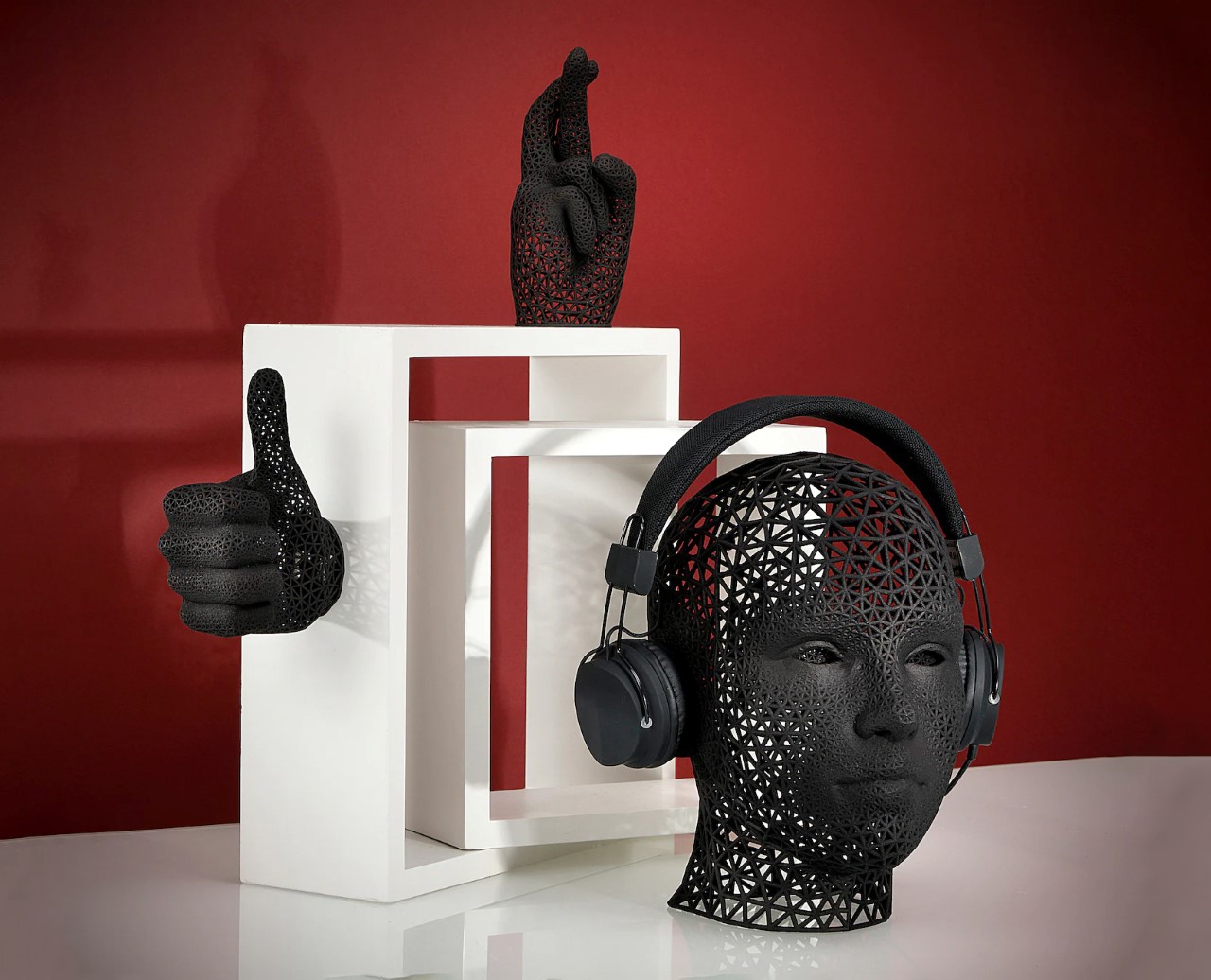
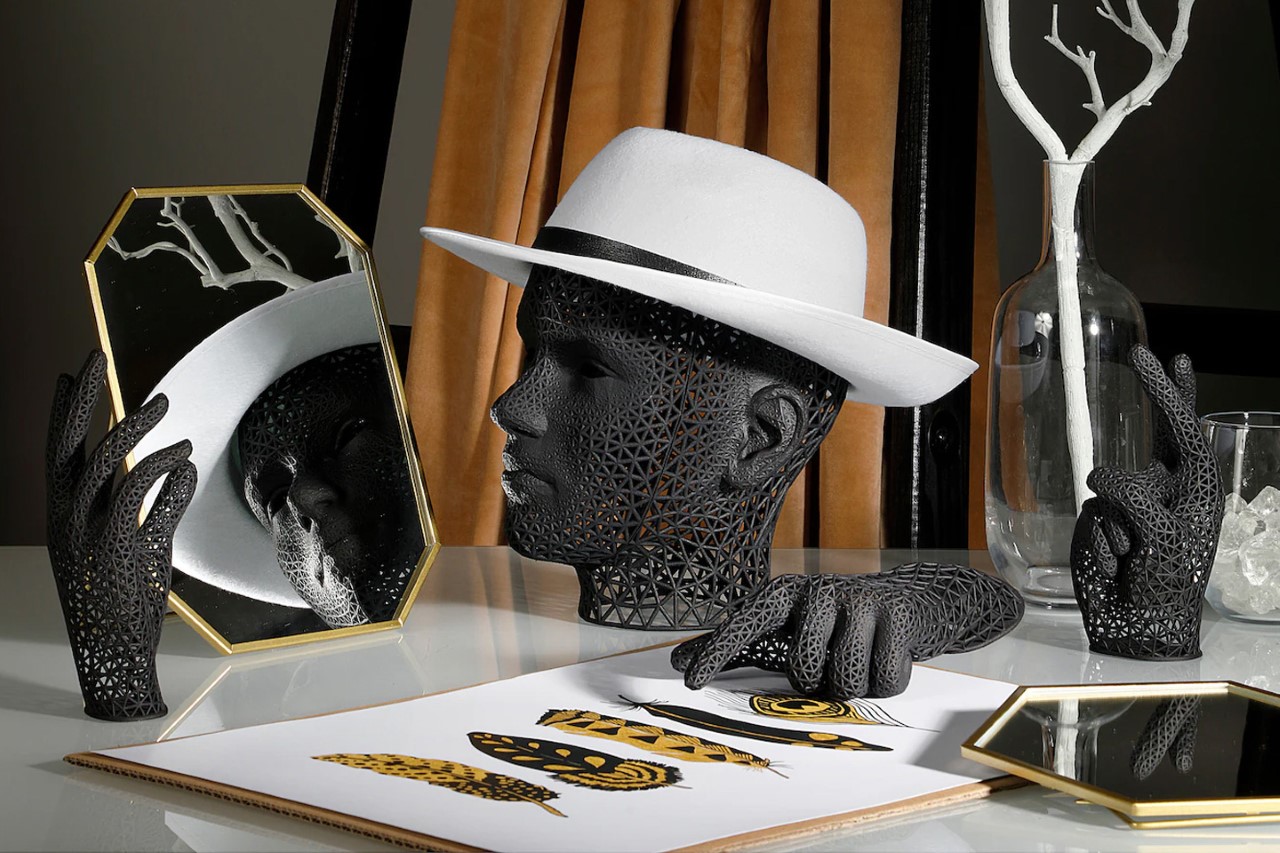
The Flamträd collection marks a pretty huge deviation from IKEA’s signature style. Not only does it move away from IKEA’s very model of DIY flat-packed furniture/accessories, but it also makes use of 3D printing, a manufacturing method that’s still quite new to IKEA. The collection comprises a set of human-inspired decor, printed life-size, and intricate detailing that can only be achieved through 3D printing. The Flamträd collection features multiple posed hands, faces, and heads that can either be placed on tabletop surfaces or mounted on walls. There’s really no function ascribed to the collection, and it’s all really up to how each user interprets them. They can either be used as quirky accent pieces and motifs or hold items like hats and headphones (on the head-shaped unit) or fashion accessories like necklaces, rings, etc. (on the various hand-shaped units).
4. The Squishy Mouse
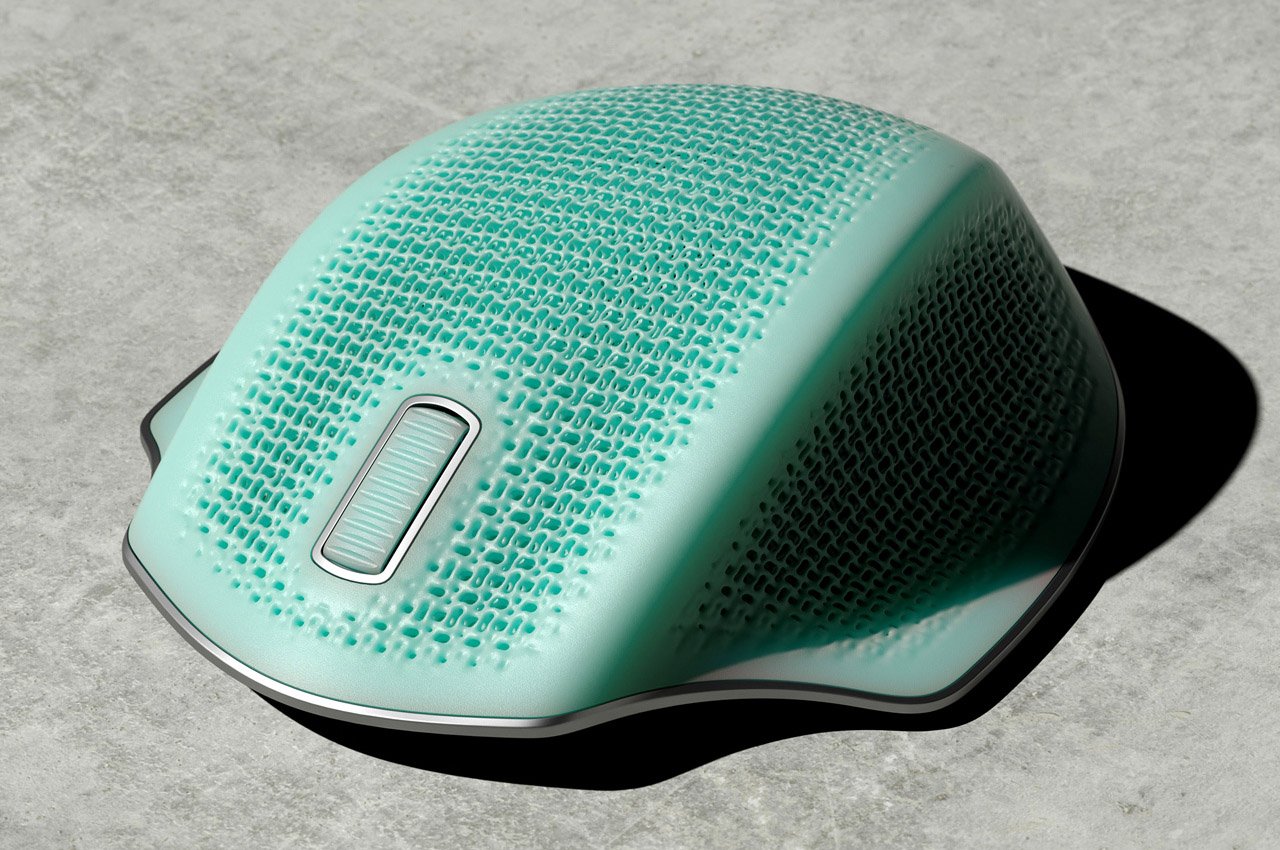
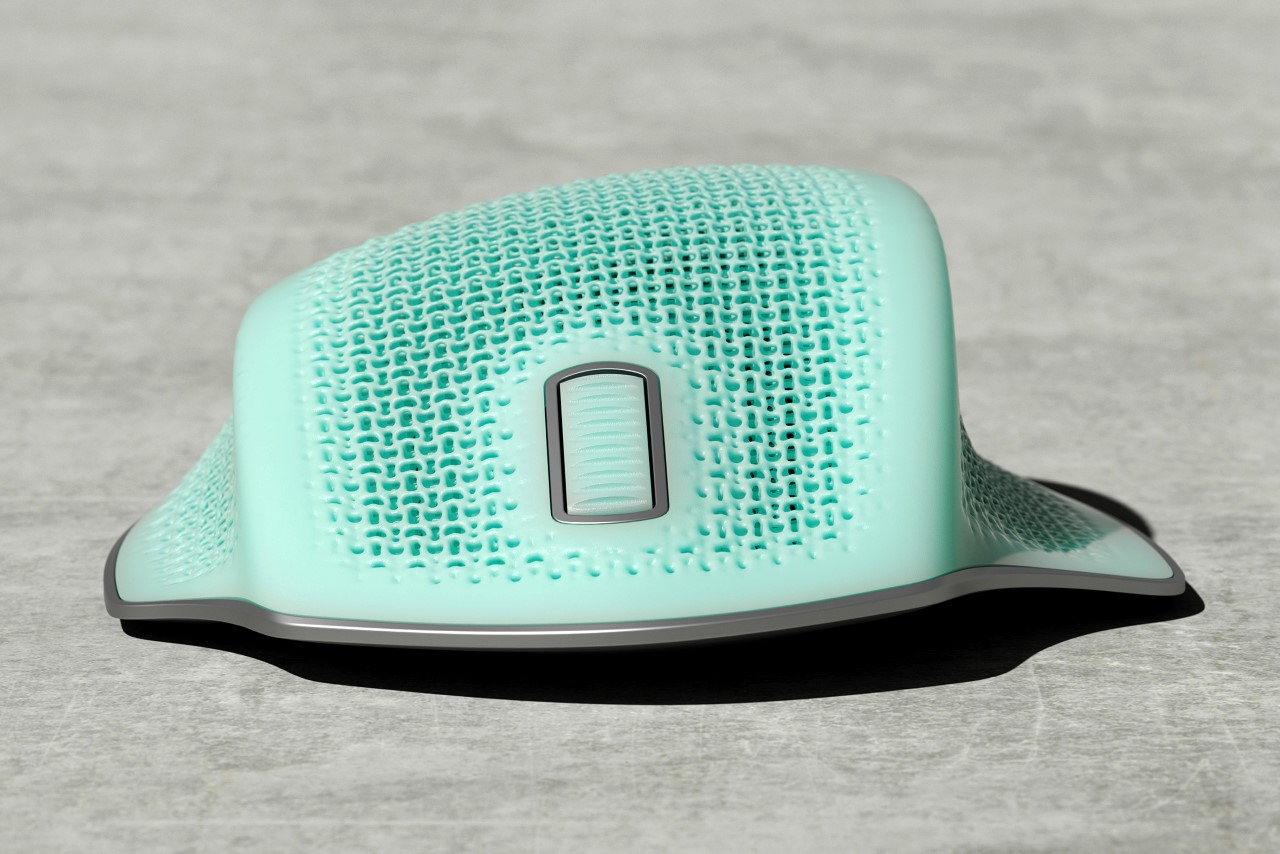
Arguably enough, what the Squishy Mouse does is look at ergonomics from a broader perspective by considering other products like ergonomic chairs and ergonomic shoes. An ergonomic chair or shoe isn’t just curvaceous, it’s soft and breathable too, and the Squishy Mouse makes the case that mice should essentially follow that same logic. Rejecting the notion that curved hard surfaces are all that an ergonomic mouse really needs, the Squishy Mouse sports a curved lattice mesh body that’s soft and reminiscent of the 3D printed soles seen on Adidas’ AlphaEdge and Futurecraft 3D running shoes. The purpose of this isn’t just to conform to the shape of a human hand but to actually promote comfort and breathability. With about the same soft experience of a stress ball, the Squishy Mouse lets you firmly grip it during use, and ensures that its mesh surface never gets your palms sweaty, even with hours of constant use.
5. Puddy
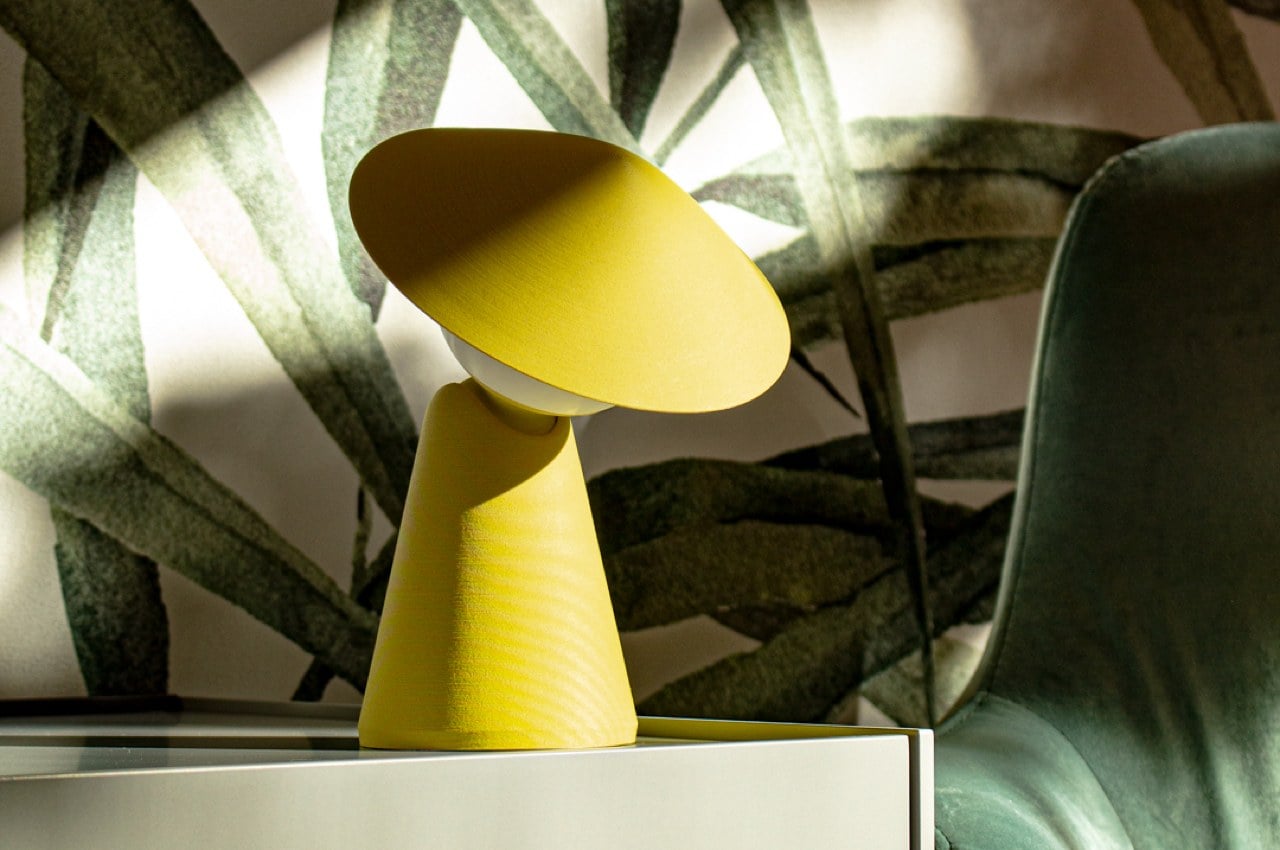
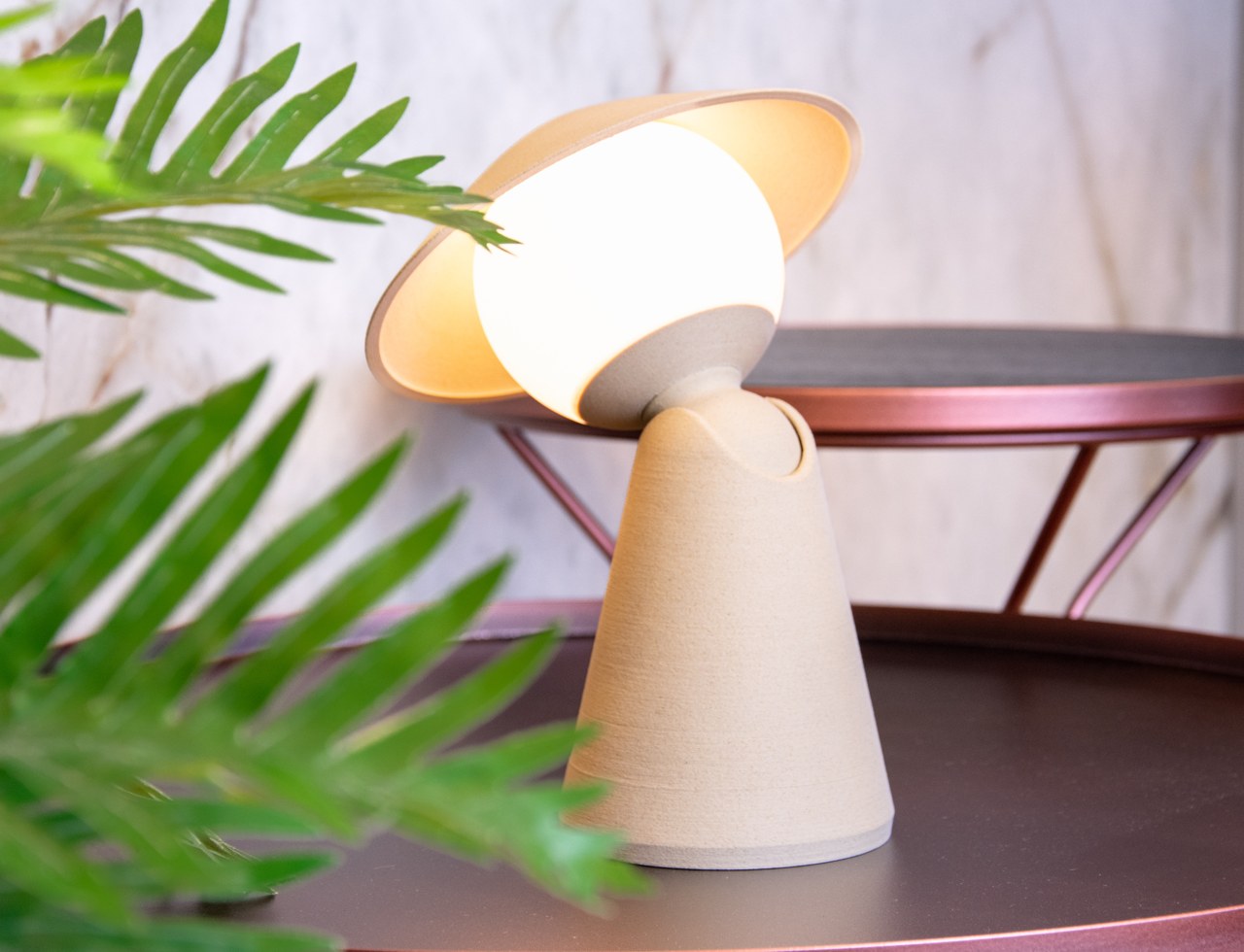
Puddy makes up for its minimal design with an incredibly interactive experience and an expressive design that reminds one of Pixar’s own Luxo Jr. Modeled to look quite like a tiny little human in a robe and a hat, Puddy makes for a great addition to any work surface. The little lamp is designed to be entirely wireless and can be carried around with you, conveniently parking wherever you want it to. The bright little chap (no pun intended) comes with an adjustable head that lets you face it (I did it again) upwards, while the lampshade helps guide the light based on its angle. For brighter light, just make Puddy look up, and for more ambient lighting, face Puddy downwards so the lampshade cuts out any direct light. While Puddy’s aesthetic is a combination of traditional and modern, its production is too. The lamp comes entirely 3D printed out of a 6:4 composite of PLA and recycled wood particles.
6. Printthinks’ 3D Printed Prosthesis
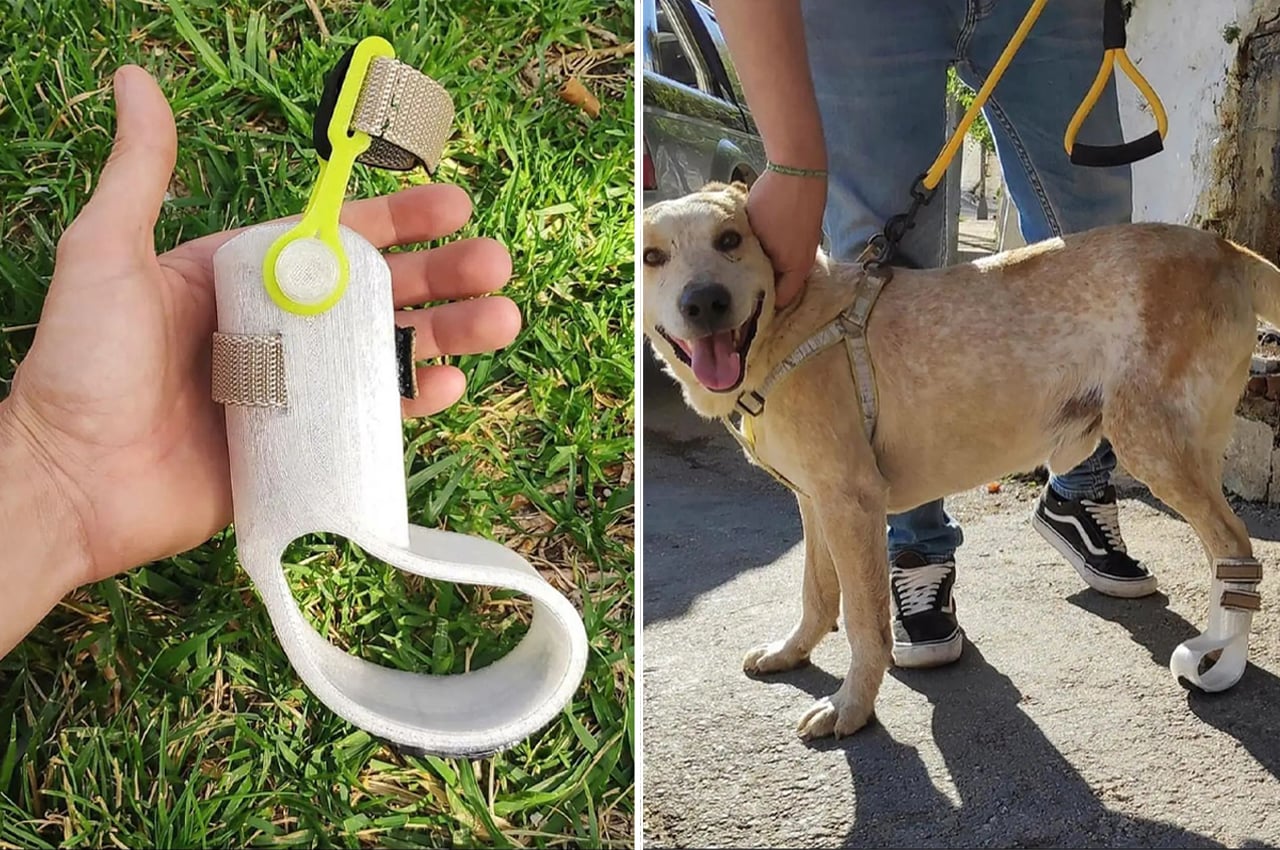
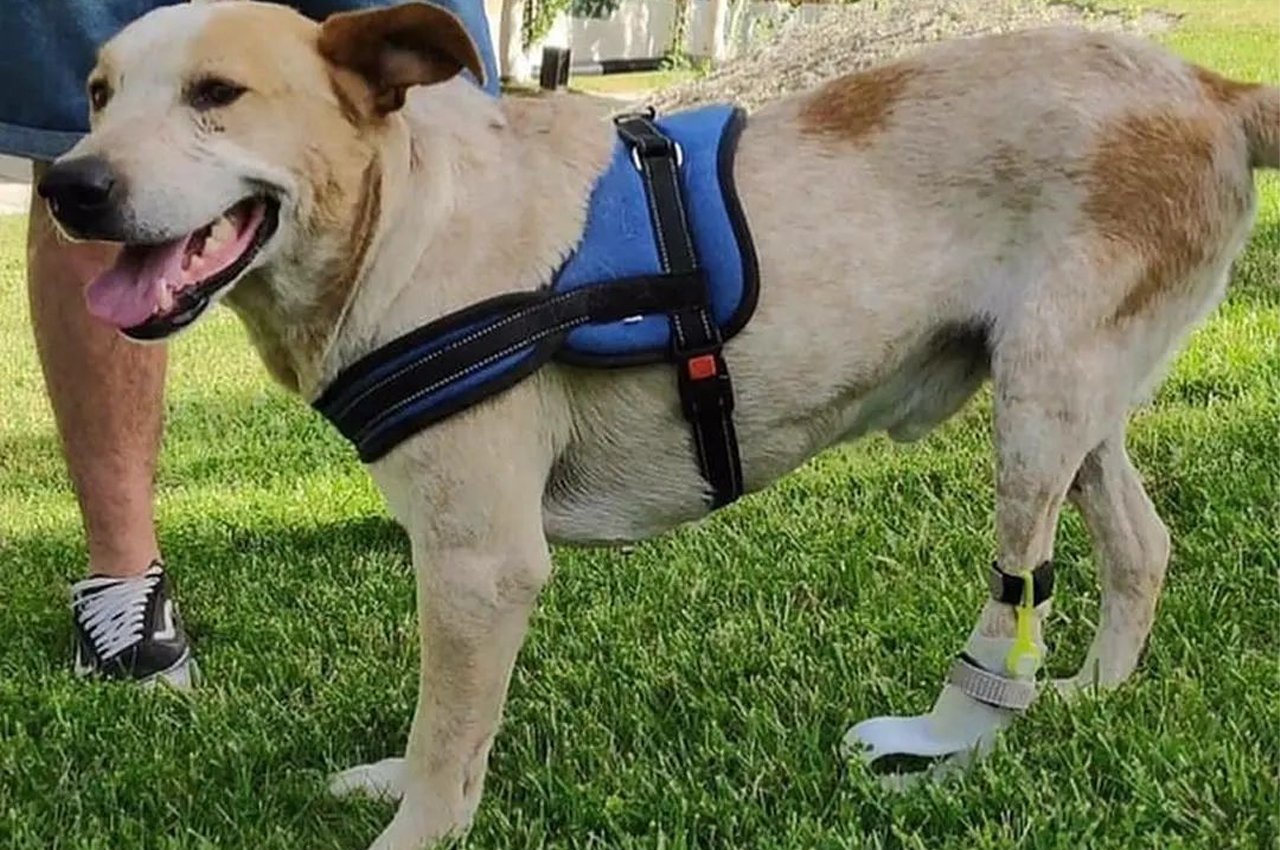
Inspired by a dog who couldn’t run for over seven years due to a missing leg, Printthinks committed to research and design study periods that led to the creation of their 3D-printed prosthesis prototype. Printed from a material called PETG and solely recycled materials, Printthinks created a solution that’s both eco-conscious and pet-friendly. The sole, for instance, is cut and printed from a recycled bicycle wheel, guaranteeing maximum grip and secure footing. Describing the print process and the materials used during it, Printthinks notes, “The piece is printed on an Ultimate3 at a layer height of 0.3 mm and the other materials are nylon, rubber, and sewing thread.”
7. Konvergence
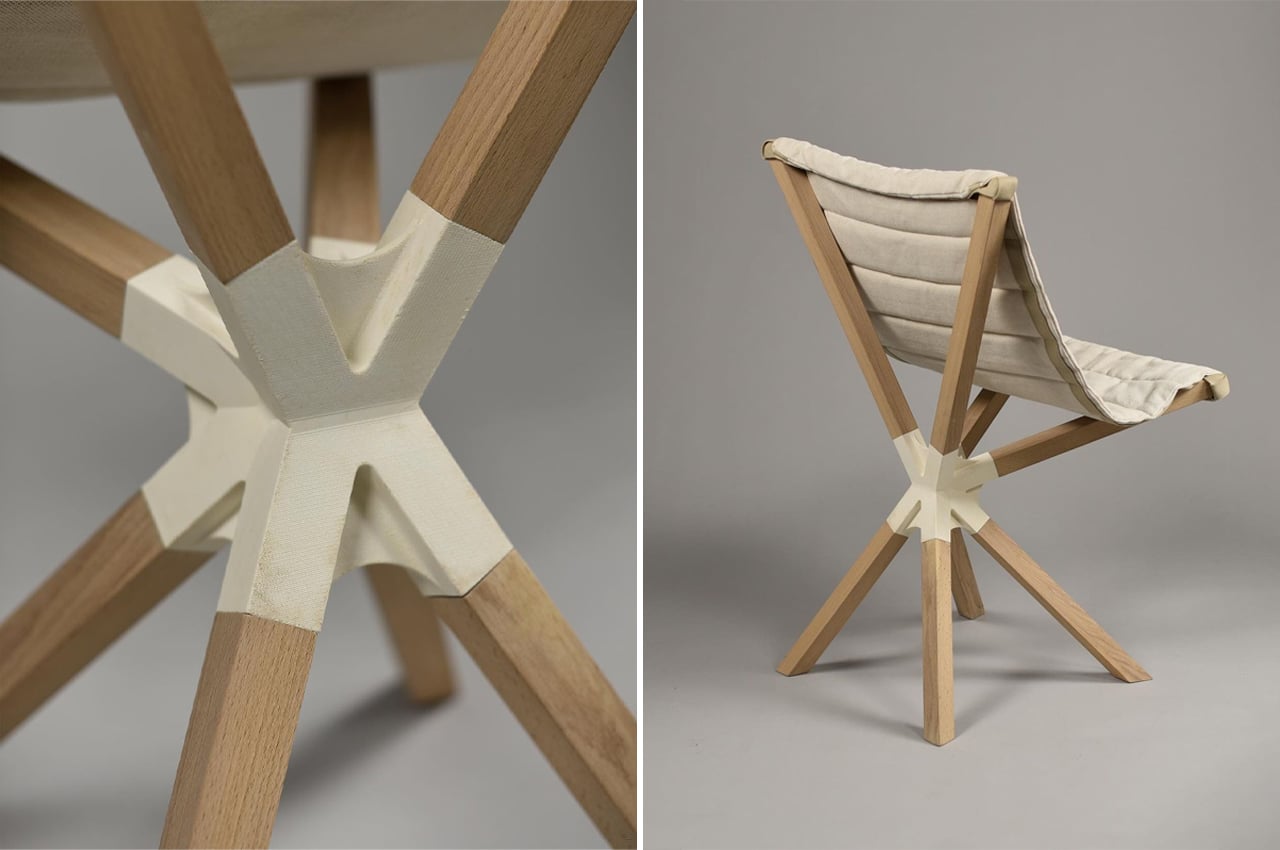
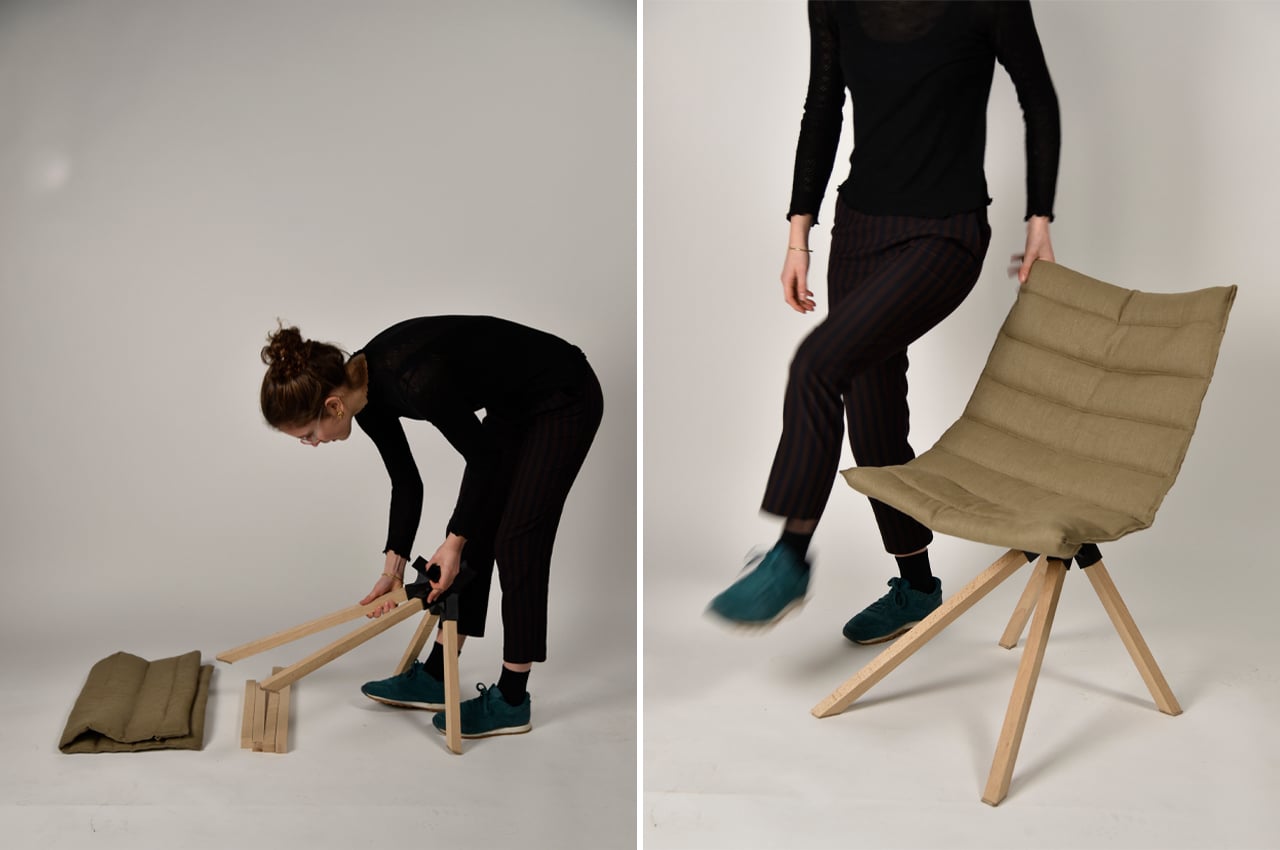
Designing their own interpretation of the classic lounge chair called Konvergence, Paris-based designer and maker, Emmanuel Hugnot turned to 3D printing to produce a central knot that eight wooden slats protrude from to define and support the shape of a fully-formed chair. The central knot of Konvergence resembles the shape of a ball-and-socket connector piece from LEGO kits. Keeping a total of eight end sockets, the central knot functions as the chair’s cornerstone, providing the bridge for all of Konvergence’s additional components to connect. Taking to common beech to produce the eight wooden slats, Hugnot went with the brightly textured timber for its rigidity and current abundancy in Europe’s forests. Once connected to the central knot, the wooden slats form the skeletal frame of Konvergence, leaving space for blankets of fabric to cover the slats to follow Konvergence through to its final form.
8. The Kobble Collection
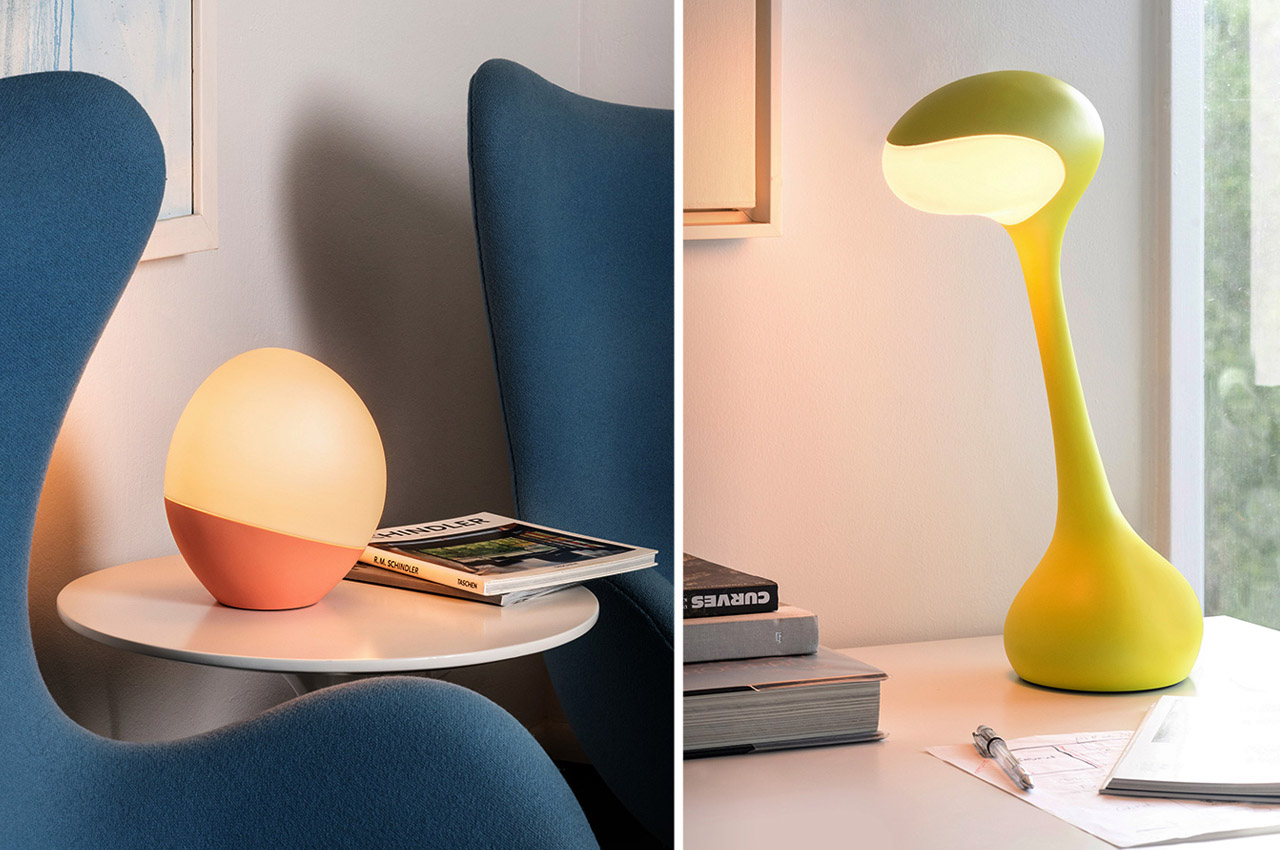
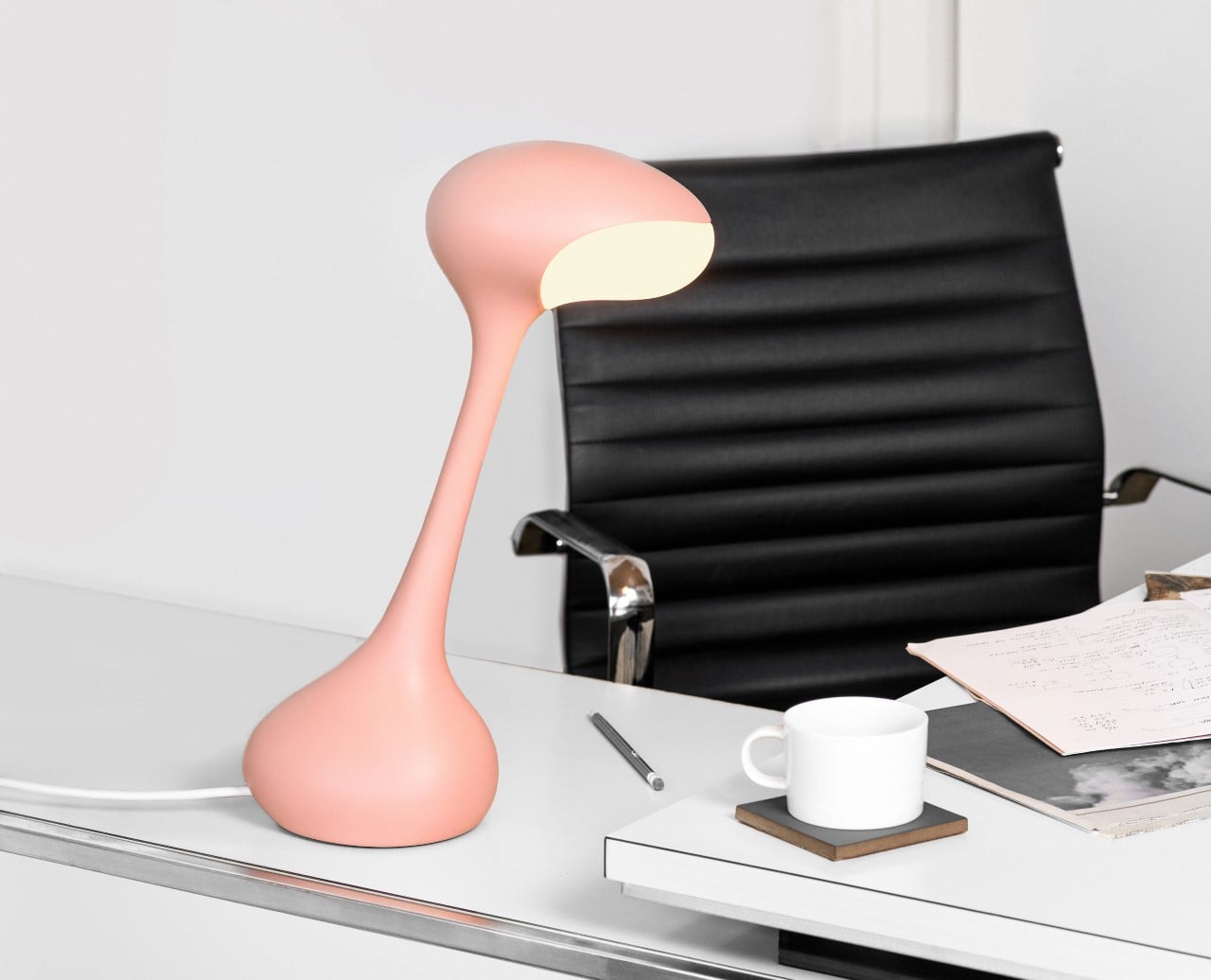
Inspired by the soft form of cobblestones, the Kobble collection features a Floor, Table, Task, and Wall Light. Each lamp in the collection explores a different silhouette, drawing from the fact that various pebbles and cobblestones look like a part of the same family, but are visually unique in their own way. The task light from the Kobble collection is easily the most memorable and distinctly Karim-esque of the lot, with an alien-blob aesthetic that gives it an immensely strong character when placed on a desk or table. Its purity of form comes from how seamless the design is (something that Gantri’s made massive leaps and bounds with) and the fact that the switch exists on the cord and not on the lamp itself.
9. Dennis Johann Mueller’s sustainable basketball sneaker
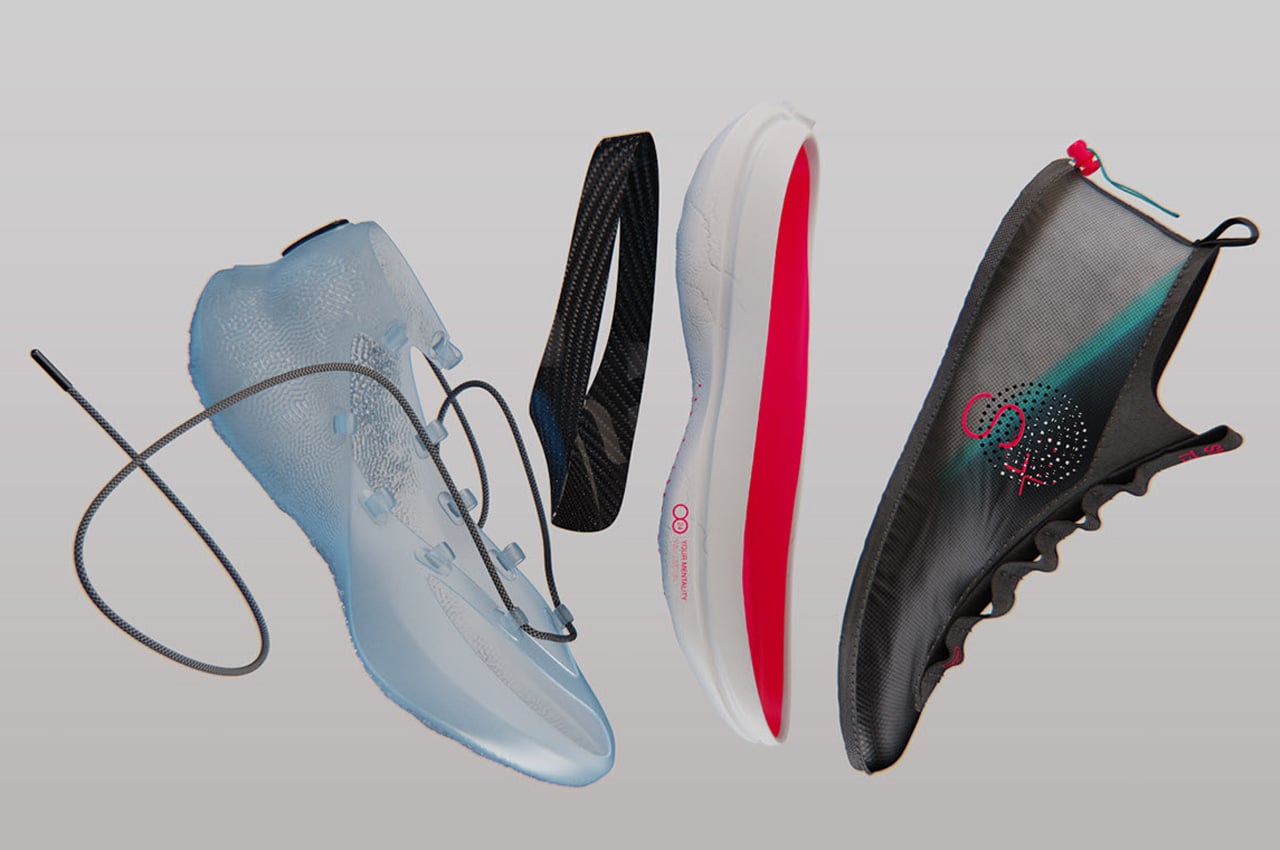
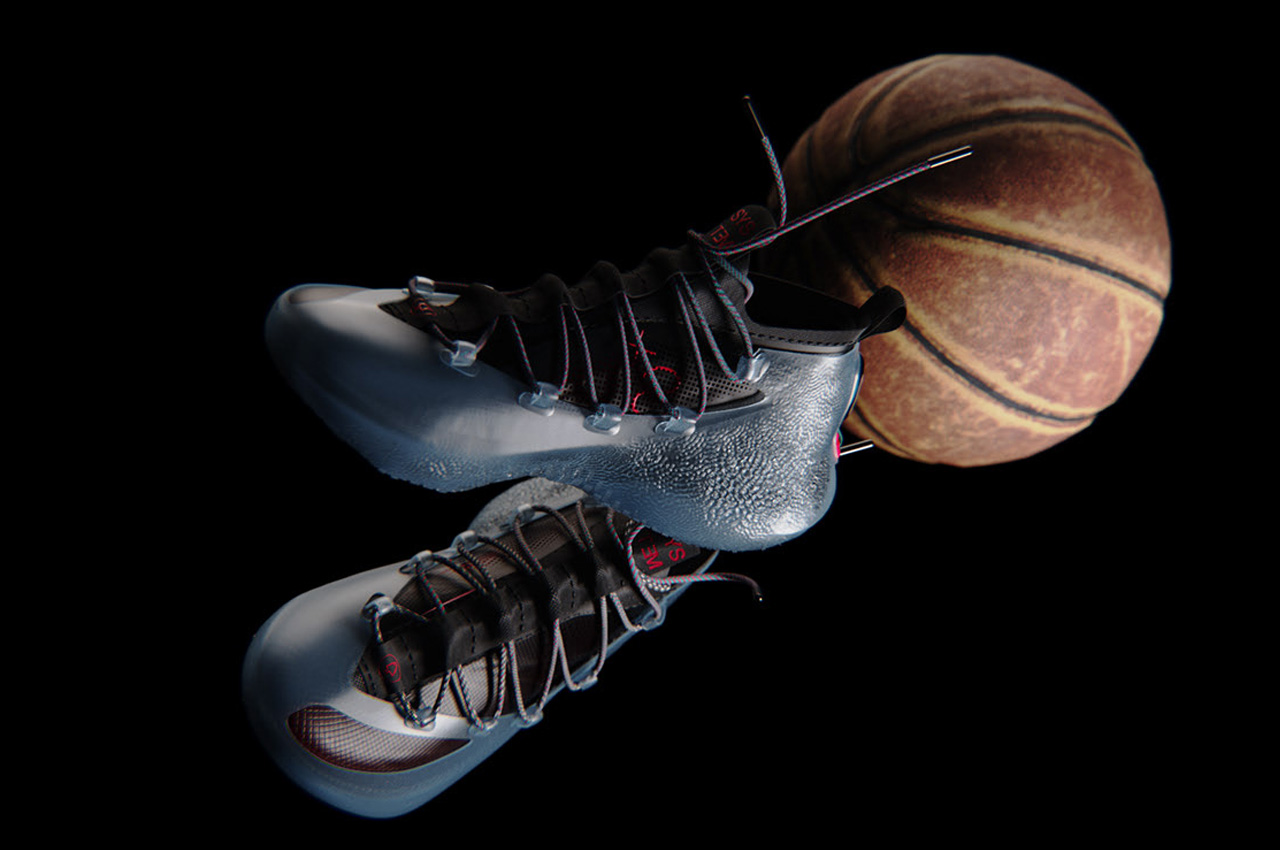
This sustainable basketball sneaker is conceptualized by Dennis Johann Mueller. It has been through a lot of back and forthright from the drawing table to the prototype but the final outcome in images is by and large a concept that deserves to see the light of day with subtle commercial tweaks of course. The silhouette for me is primarily a rage for its reparability quotient, much like the good conscience Fairphone. The shoe is designed in detachable parts; for instance, the upper, shankplate, midsole, and outsole are all separately created to finally form a cohesive unit that can be worn to the hardwood court. This design basically offers users the freedom to adjust different shoe parts to their varying comfort and playing needs, and when they begin to wear out, only have the affected part recreated and replaced so the shoe can be worn as new.
10. 3D printed terra-cotta tiles
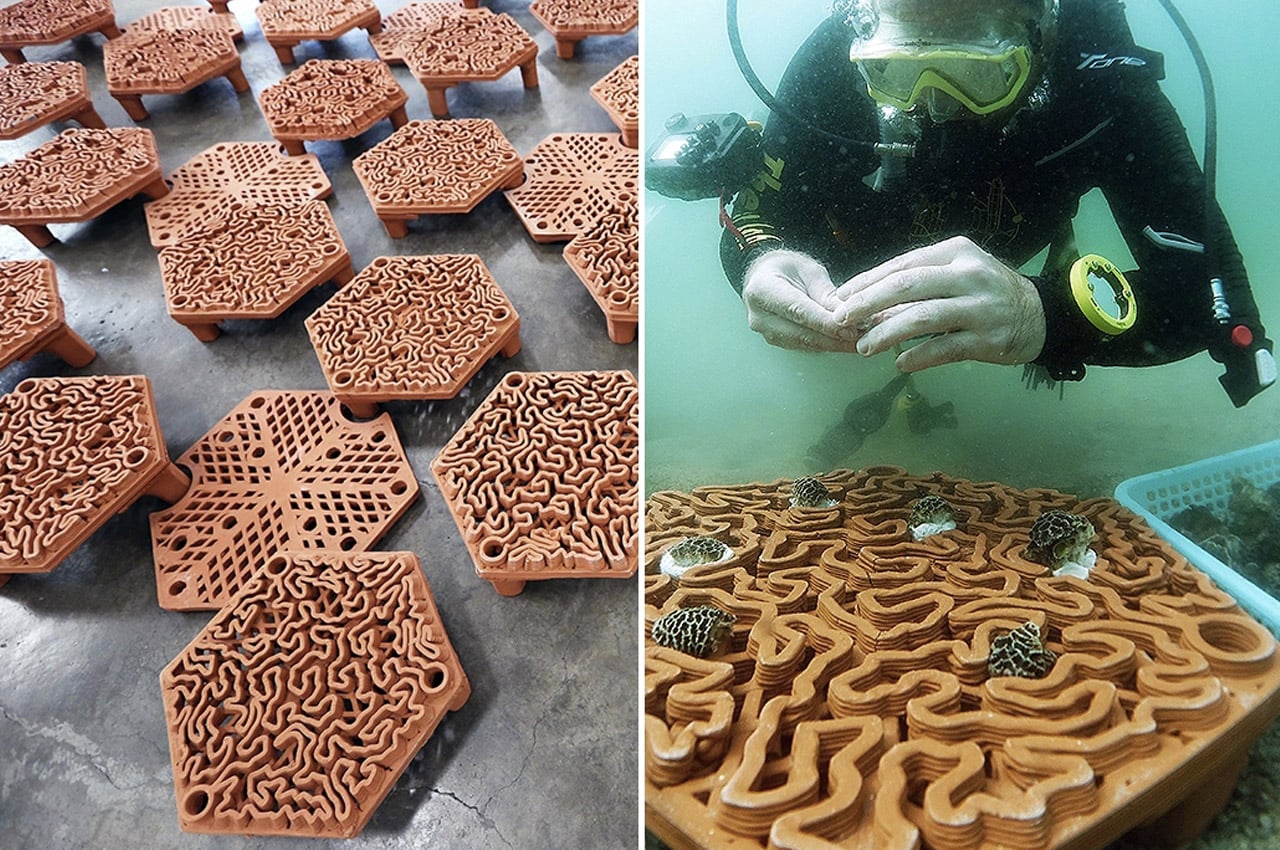
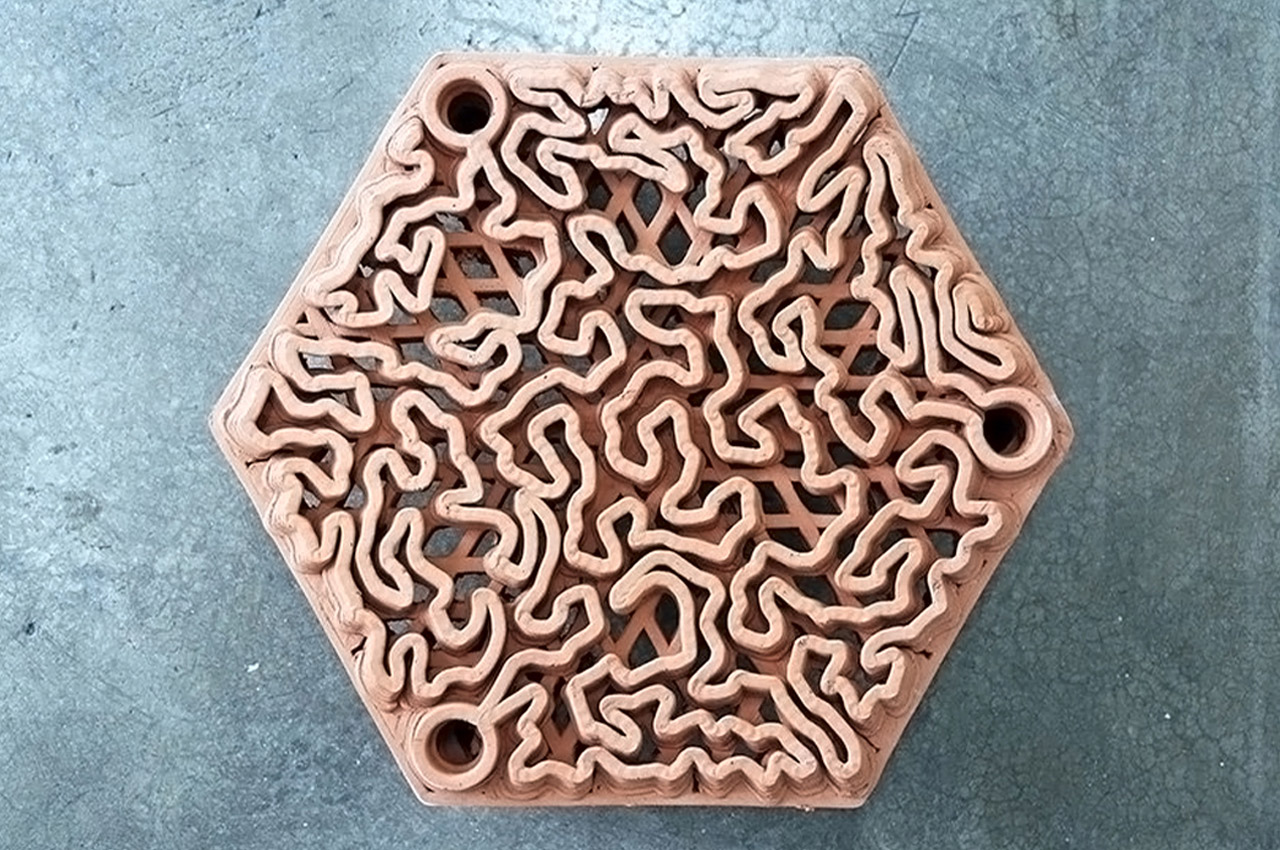
Hong Kong saw an 80% decline in the coral population in Double Island, Sai Kung, over the past decade and that drove the team to come up with a solution that would not only help that region but also the rest of the world that was blessed with corals. The team from Swire Institute of Marine Science (SWIMS) of the University of Hong Kong (HKU) and its Robotic Fabrication Lab of the faculty of architecture worked together to 3D print terra-cotta tiles that will act as artificial reefs. The result is a mesmerizing, organic swirl of line and negative space that reads like a burnt orange topographic map—and mimics the natural patterns of the coral itself. Why terra-cotta? It’s highly porous with “nice surface micro-texture” for marine organisms to latch on to, says team member Dave Baker, and an eco-friendly alternative to conventional materials such as cement or metal, the HKU team says.



